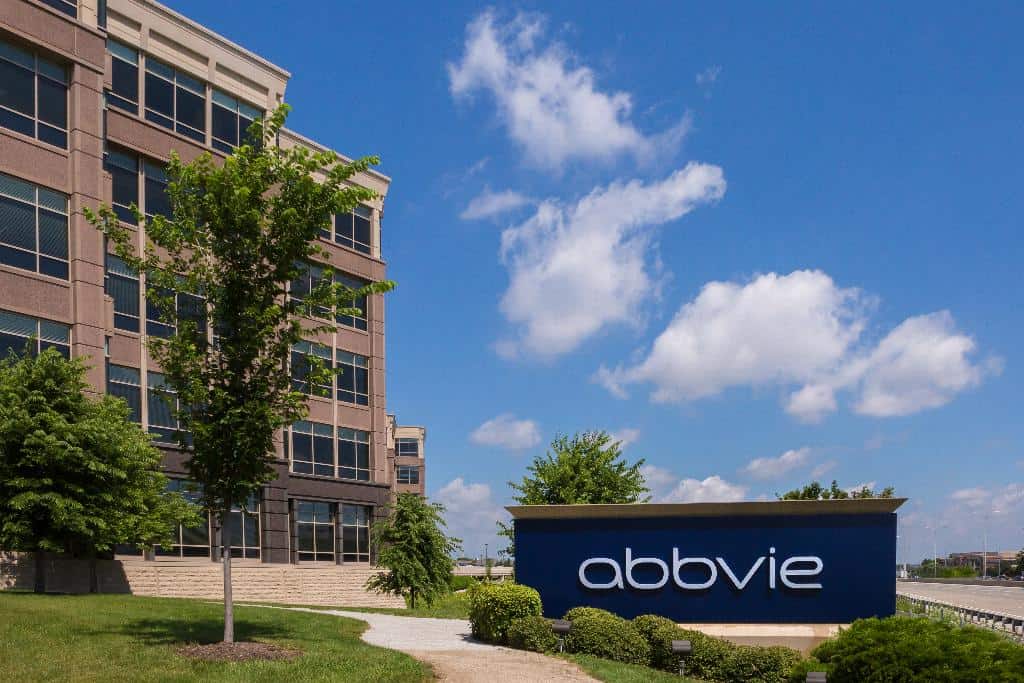
AbbVie has presented new data on its risankizumab candidate in psoriasis and upadacitinib in atopic dermatitis that suggest it has a potentially lucrative dermatology franchise on the way.
At the European Academy of Dermatology and Venereology (EADV) Congress in Paris this week, the company reported outcomes data from three studies of its interleukin-23 inhibitor risankizumab in psoriasis – firming up the case for the drug ahead of possible regulatory approvals. It also unveiled mid-stage data on its JAK1 inhibitor upadacitinib in atopic dermatitis, adding another clinical win to earlier successes in rheumatoid arthritis.
For risankizumab, the new data could be important to help AbbVie differentiate its IL-23 inhibitor from a clutch of new biologic therapies for psoriasis from Novartis, Eli Lilly and Johnson & Johnson, amongst others, that are jostling for space in an increasingly crowded market.
The analysis concentrated on patient-reported outcomes data from two studies that compared risankizumab to J&J’s $4bn-a-year IL-12/IL-23 inhibitor Stelara (ustekinumab) and one against its own TNF inhibitor Humira (adalimumab), currently the biggest -selling drug in the world with revenues of $16bn in 2017. The analysis showed that 56% of patients on risankizumab were symptom-free after a year’s treatment, compared to 30% of the Stelara group.
There were also significant improvements for AbbVie’s drug over Humira on quality of life measures and over Stelara on anxiety and depression, and risankizumab did better than both comparator drugs when it came to keeping patients in work without loss of productivity caused by the skin disorder.
Meanwhile, phase 2b results for upadacitinib showed that the drug was able to improve skin lesions and itching in patients with moderate-to-severe atopic dermatitis (eczema) across all doses tested, with a sustained treatment effect over 32 weeks. The average improvements on the EASI symptom scale were 48% for 7.5mg upadacitinib, 44% for 15mg and 69% for 30mg, compared to 34% for placebo.
Upadacitinib is already in a phase III trial in atopic dermatitis and picked up a breakthrough designation (BTD) from the FDA for this indication earlier this year. AbbVie has five trials on the go in rheumatoid arthritis and will be filing in that indication before the end of the year.
The new data in atopic dermatitis puts it on course for an additional indication for the drug that some analysts could unlock a billion-dollar-plus market, although AbbVie isn’t the only oral JAK inhibitor developer with eye son that particular prize.
Lilly reported positive phase II results with its already-approved Olumiant (baricitinib) drug in the skin disorder at last year’s EADV, as did Pfizer with PF-04965842, a more selective follow-up to its marketed JAK inhibitor Xeljanz (tofacitinib). Meanwhile, Gilead and Galapagos’ filgotinib – an AbbVie cast-off that now looks like the biggest competitive threat to upadacitinib – is also in a phase II trial in atopic dermatitis. And for good measure Pfizer is developing a topical formulation of Xeljanz for atopic dermatitis, an approach also taken by Torii Pharma with its phase II candidate JTE-052.
The prospects for risankizumab and upadacitinib matter for AbbVie because it’s well-recognised that the loss of exclusivity for Humira after 2022 in the US will put AbbVie under pressure. The company has always insisted however that it’s tight R&D focus on two key areas – immunology and oncology – will deliver the pipeline assets needed to keep it growing.
Risankizumab is almost inevitably going to have a tough time clawing out market share in the increasingly competitive moderate-to-severe psoriasis market, with several new injectables and potentially also new oral therapies such as Tyk inhibitors from Bristol-Myers Squibb and others, but outcomes data could help AbbVie persuade prescribers to plump for its drug, assuming it gets regulatory approvals.
Likewise, upadacitinib is also facing competition in both rheumatoid arthritis and atopic dermatitis, particularly from filgotinib, but the new results keep the drug’s clinical development on track.
AbbVie sees upadacitinib as a key component of its post-Humira portfolio, and has said previously the drug could eventually hit sales of $6.5bn a year, with risankizumab adding another $4bn-$5bn at peak.




